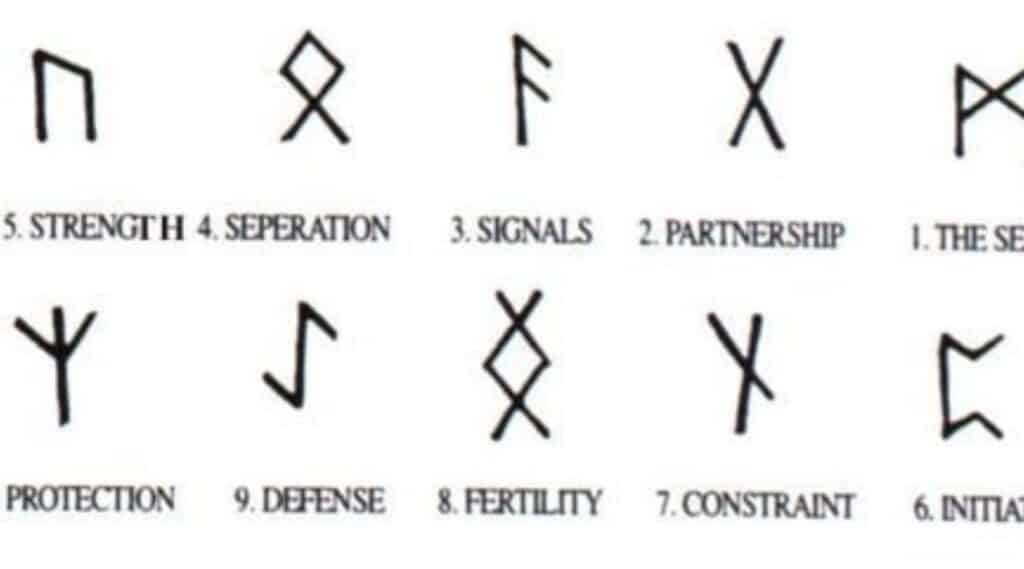Featured image credit: pinterest.ph
One of the newest trends at the moment is skin art. No matter where one turns, there is always someone with a tattoo or getting one: a mom, a student, even an executive.
A pigment is inserted with a needle into the epidermal skin layer to create these products of self-concept, inner yearnings, desires, spirituality, and magical beliefs, which are typically permanently or temporarily generated on the skin of the human body. But what do tattoos actually mean?
The Origin of Tattooing
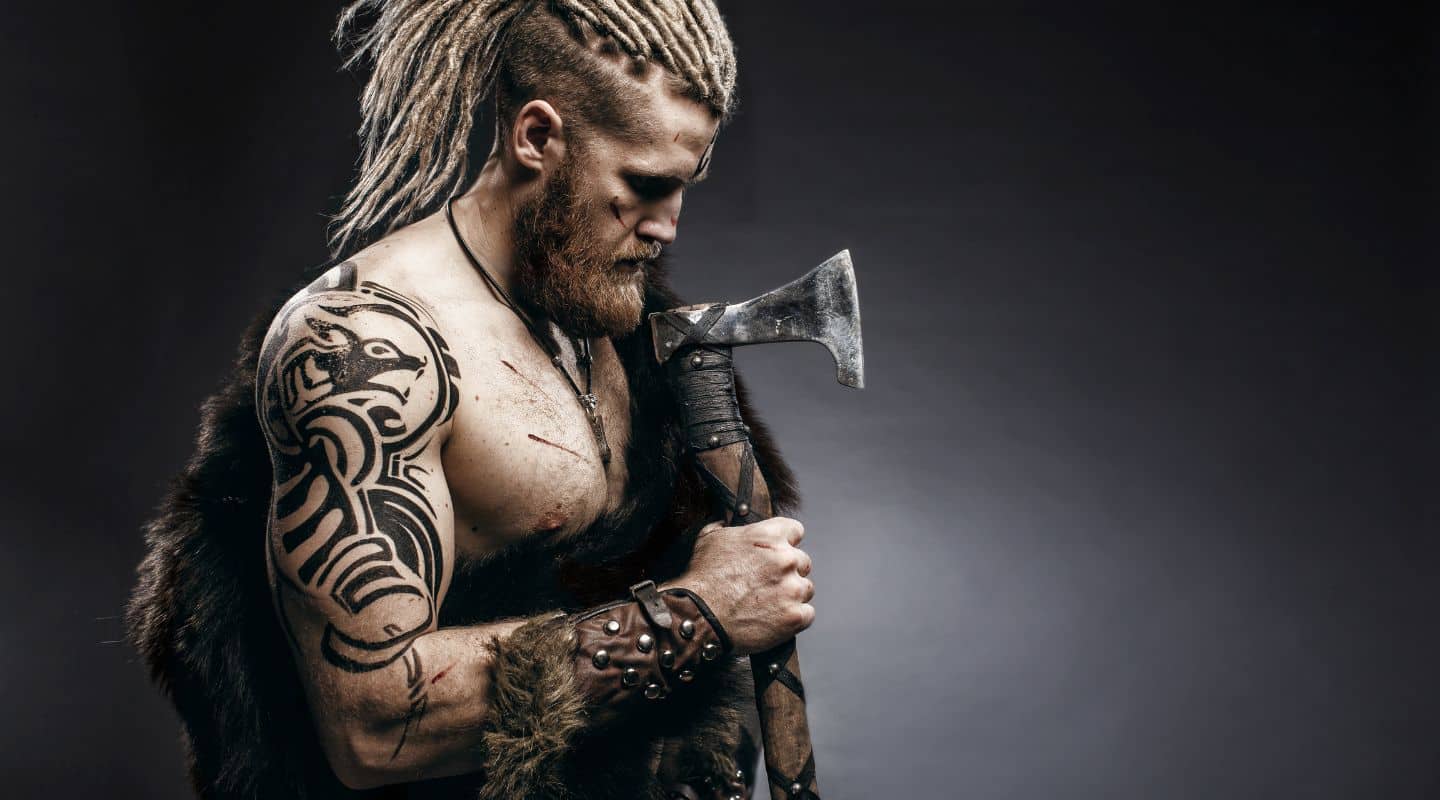
Tattooing was formerly a common phenomenon. Charles Darwin stated in "The Descent of Man" (1871) that no nation in the globe did not employ tattooing or another type of permanent body decoration.
Karl Von Den Steinen, a German explorer and ethnologist, thought that South American tattooing originated from the practice of scarification.
The scar was discolored as a result of plant sap being applied to the incisions to stop bleeding. One can consider the resulting decoration to be a tattoo.
David Livingstone reported that many Africans tattooed themselves by inserting a black substance under the skin to produce a raised scar in his book "Missionary Travels and Research in South Africa" (1857).
The pygmies of New Guinea used medicines to heal diseases, leaving behind permanent scarring, while the Apache and Comanche warriors of North America rubbed soil into combat wounds to make scars more obvious and flaunt them among the clan.
Such stories imply that tattooing most likely developed through bloodletting procedures, scarification rites, medicinal treatments, or by accident in diverse locales. It is incorrect to believe that tattooing originated in a particular location.
Tattoo Interpretations
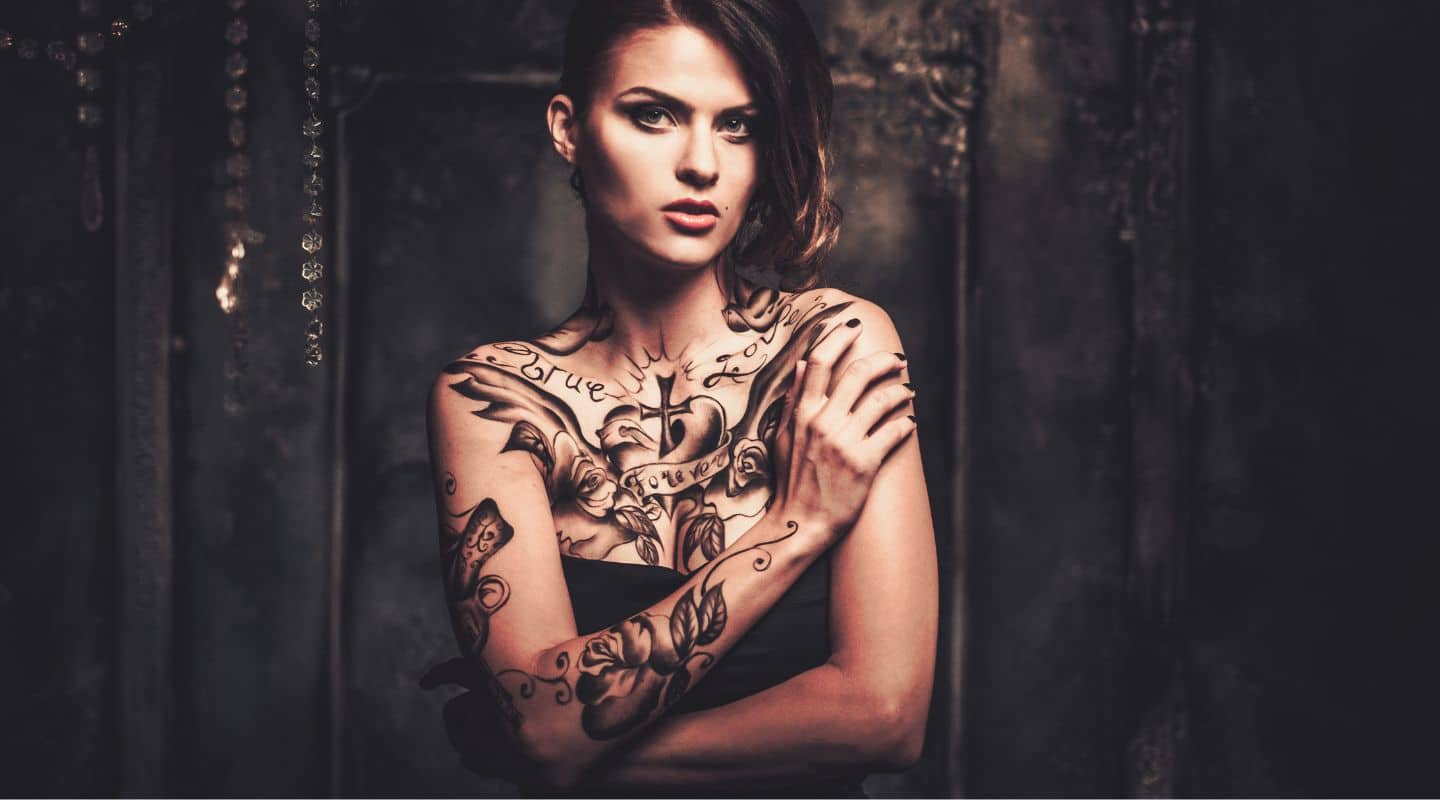
Many tattoos have lost their original meanings. Scarification, tattoos, and piercings, on the other hand, have always been an obvious way of distinguishing individuals within a group, and groups within a society.
A tattoo is a personal expression of one's identity. Tattoos have historically and culturally been used as both marks of distinction (awarded for an achievement or signifying the transition to adulthood) and sources of shame (when applied punitively).
Pain is an unavoidable aspect of tattooing, and for many people, enduring it was an essential part of the process.
Tattoos can indicate age, marital status, power, and class at the tribal level, and they can distinguish friend from foe outside the group.
In many tribes, women's tattoos were both symbols of beauty and proof that they were of no value to neighboring tribes.
Indigenous tattooing has all but vanished globally, but in Europe and North America, tattoos have experienced a revival in recent years.
The reasons for this are unclear, but it is clear that tattooing in the ancient world shared many similarities with modern tattooing.
Tattoo Dispersion Theories in Various Cultures
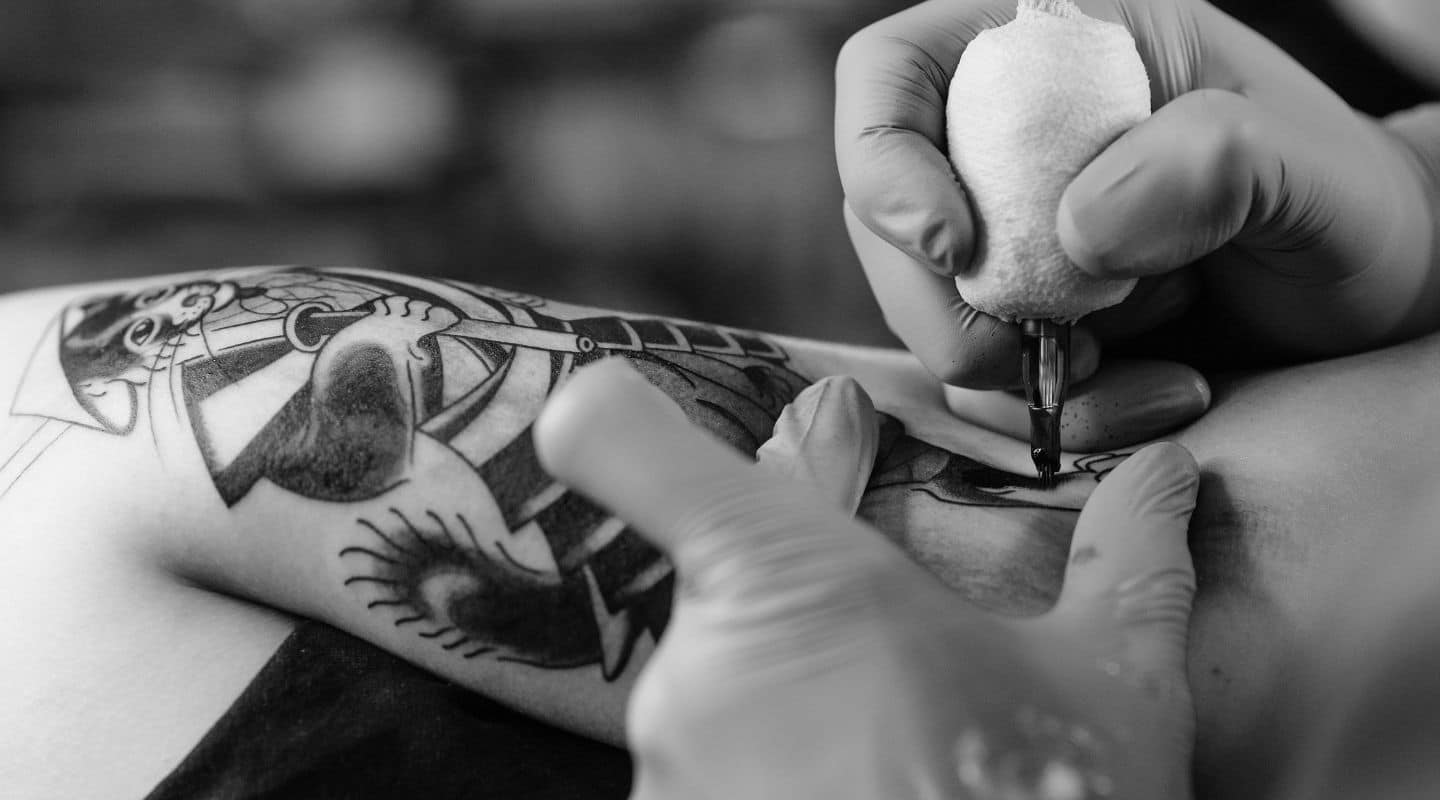
Tattooing may have spread through migration and nomadic peoples: women from various Gypsy tribes in India and the Middle East were specialized tattooists.
For centuries, they provided tattoos to residents and pilgrims from as far away as Eastern Europe. At the start of the Christian era, the Scythians were also responsible for spreading tattooing from Siberia to Eastern Europe.
Tattooing may have spread through migration and nomadic peoples: the women of various gypsy tribes in India and the Middle East were skilled tattooists.
For centuries, they provided tattoos for residents of and pilgrims to regions as far away as Eastern Europe. At the beginning of the Christian era, the Scythians were also responsible for spreading tattooing from Siberia to Eastern Europe.
It is natural for people to exchange customs when they meet, whether out of friendship, respect, envy, or curiosity.
A good example of this is the reciprocal imitation of tattoos by European sailors and South Sea Islanders.
Tattoo designs spread across large areas due to the trade in prisoners who had been abducted by enemy tribes according to their custom.
When visiting other tribes or islands, men from Borneo and Micronesia would collect tattoos.
This content was created by tattoodesign.com. If you see this on another site, it has been stolen.
Ways Tattoos Can Benefit Someone’s Life
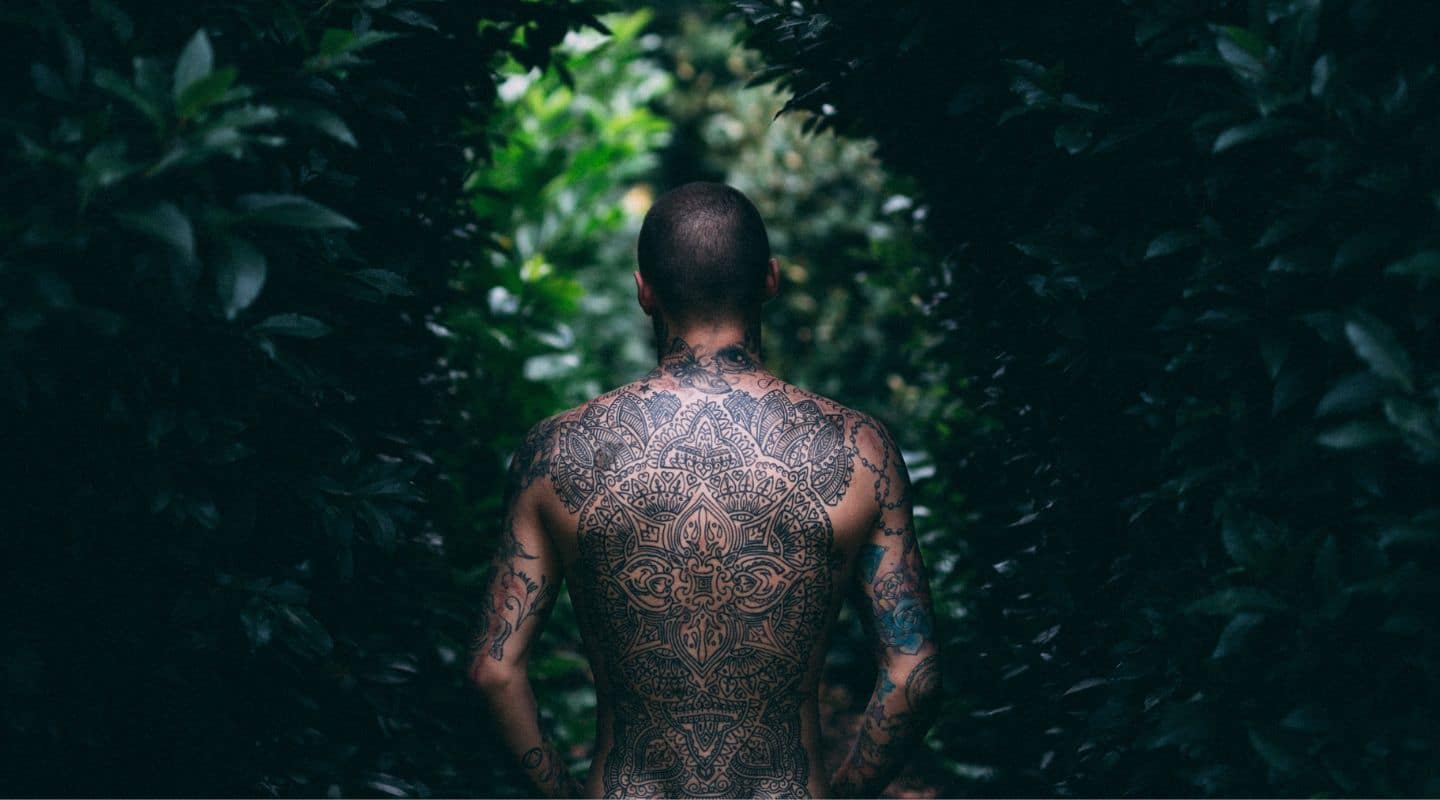
Tattoos are worn for a variety of reasons, including the preservation of fond memories, the concealment of scars, and the expression of one's personal style.
There are numerous reasons for this, just as there are numerous ideas for tattoo artists to suggest to you. If you're eager to get inked at the nearest tattoo parlor, think about the benefits of tattoos first.
- With tattoos, you can carry your special memories with you. Tattoo benefits come in a unique way when you carry your loved ones or words that have had an impact on your life. So the best tattoo ideas should be of people you'd want to remember forever.
- Scars can be made more attractive with tattoos. Scars, moles, or freckles can disrupt your peace of mind because others may not understand the significance of them. Tattoos are the best way to cover up such marks on your body and add a unique perspective to your personality.
- Tattoos Increase Confidence. One of your dreams is to get a tattoo. There must be a compelling reason why you accept the pain of needles poking from a tattoo machine. If you are lacking in confidence, tattoos are an excellent way to boost it.
- Get motivated whenever you are feeling down. Many things would try to break you down and depreciate your motivation level on a daily basis. Many people even struggle to find something that will push them out of their comfort zone.
- You are the owner of your own fashion statement. According to recent statistics, the secondary reasons why Americans like tattoos are fashion and beauty. Colorful tattoos are what make you fashionable in this day and age. You have the freedom to choose what suits your body regardless of your age.
Whatever we enjoy, we must incorporate it into our lives. Even if something is out of reach, we can satisfy ourselves by making an image of it on our laptop or mobile phone wallpaper.
A tattoo serves the same purpose, but on a larger scale. A tattoo makes people happy because it expresses an important aspect of their lives and personalities.
Check out our list of tattoo articles below for more information on the different types of tattoos and their meanings.
- Tribal Dragon Tattoo Ideas - January 13, 2024
- Anchor Tattoo on Hand - August 17, 2023
- Anxiety Tattoo Ideas - August 15, 2023

